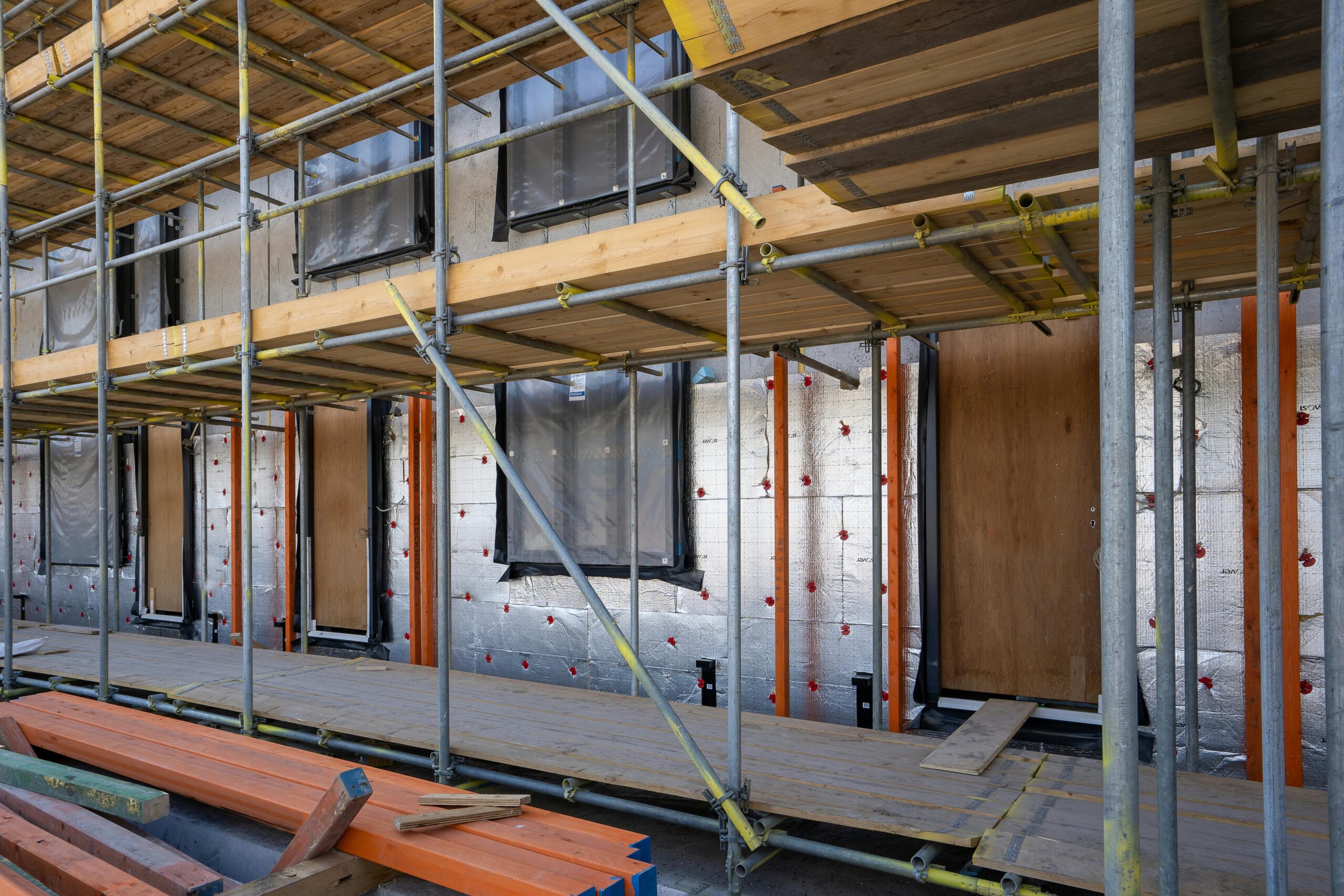
Understanding Heat Loss and Its Impact
Heat loss is a common issue in many homes, especially during the colder months. When your home isn’t properly insulated, warm air escapes while cold air seeps in, leading to high energy bills and an uncomfortable living space.
Identifying where heat loss occurs and addressing it with the right insulation solutions can save you money while improving your home’s overall energy efficiency. In this guide, we’ll explore how to detect poor insulation and the best ways to fix it using methods like spray foam and blown-in insulation.
How to Spot Poor Insulation in Your Home
Identifying heat loss starts with recognizing the warning signs of inadequate insulation. Here are key indicators that your home may be losing heat:
- Uneven Room Temperatures: If some rooms are colder than others, your insulation may not be evenly distributed.
- Cold Drafts: Feeling cold air near windows, doors, or electrical outlets is a strong sign of air leakage.
- High Energy Bills: A sudden spike in heating costs often indicates that your home isn’t retaining heat efficiently.
- Frozen Pipes: In extreme cases, poorly insulated walls can lead to freezing pipes, causing potential damage.
- Cold Walls and Floors: If your walls and floors feel cold to the touch in winter, heat is likely escaping through them.
Best Insulation Solutions for Heat Loss
Once you’ve identified areas of heat loss, the next step is choosing the right insulation method. Here are two highly effective options:
Spray Foam Insulation: A Powerful Solution
Spray foam insulation is one of the most effective ways to seal gaps and cracks that contribute to heat loss. It expands upon application, creating an airtight barrier that prevents drafts and improves energy efficiency. Key benefits of spray foam insulation include:
Superior Air Sealing: Expands to fill small cracks and crevices, stopping air leaks completely.
High R-Value: Provides excellent thermal resistance, keeping heat inside where it belongs.
Long-Lasting Performance: Doesn’t sag or degrade over time, ensuring durable insulation.
Blown-In Insulation: Efficient and Affordable
Blown-in insulation is another excellent option for boosting your home’s thermal efficiency. This method involves blowing loose-fill insulation material into attics, walls, or crawl spaces to enhance coverage. Advantages of blown-in insulation include:
Even Coverage: Fills hard-to-reach areas, preventing gaps that cause heat loss.
Cost-Effective: More affordable than other insulation types while still offering strong performance.
Eco-Friendly Options: Available in cellulose, fiberglass, or other environmentally friendly materials.
Final Thoughts: Keep Your Home Warm and Efficient
Heat loss is a major issue that affects both comfort and energy costs. By identifying problem areas and investing in effective insulation solutions like spray foam or blown-in insulation, homeowners can significantly reduce energy waste and create a more comfortable indoor environment.
Whether you’re dealing with drafts, high heating bills, or uneven room temperatures, taking action now can lead to long-term savings and improved home efficiency.
Don’t let heat loss drive up your energy bills! Visit soumissionresidentielle.ca/fr/services/ today and get a consultation to compare the best insulation experts near you. Find top-rated professionals for spray foam and blown-in insulation and start saving on energy costs
